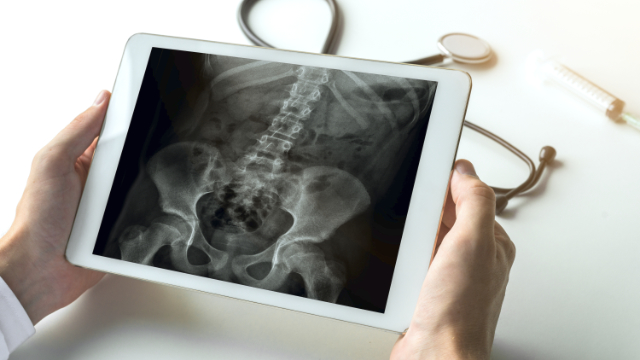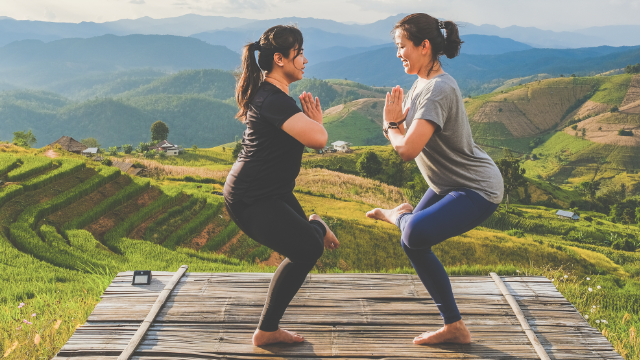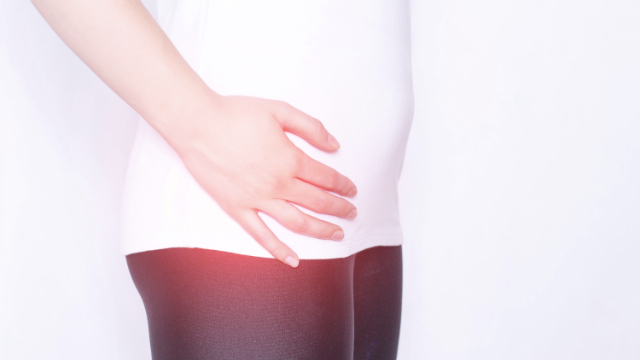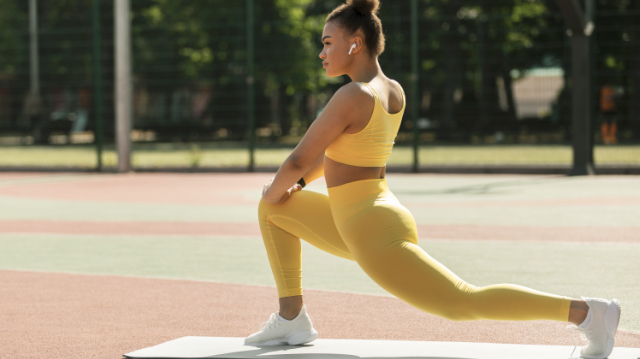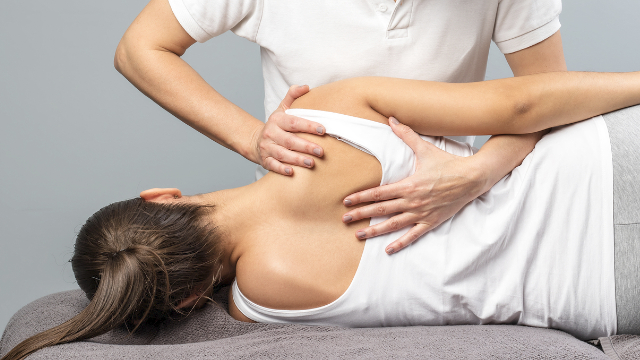
If you have low back pain, youâre far from alone. Tens of millions of Americans are affected by it, some of which are only bothered by it occasionally and others who are burdened on a nearly constant basis. Regardless of where you fall along this spectrum, thereâs a strong chance youâve probably searched for remedies to quickly alleviate your pain.
Just as there are lots of people with low back pain, there are also lots of treatment options out there that claim to heal it. Many are probably not worth your time, but one of the easiest and most effective steps you take do for your back is to bolster the strength and increase the flexibility of the structures that could be contributing to pain. This can best be accomplished by staying physically active on a regular basis and by performing specific exercises that target the lower back, abdominal, and core muscles.
To that end, below we share our picks for the 4 best exercises you can do to treat and prevent low back pain.
Our top 4 exercises for low back pain To see videos of each exercise, go to www.MyRTR.net and enter prescription code JS8MY6HX
- Spine flexion stretch seated
- Sit in a chair with your feet shoulderâwidth apart
- Lean forward while relaxing your arms and keeping your head down toward the floor
- Hold the position for 30 seconds
- Repeat for three repetitions total
- Complete this exercise three times per week
- Trunk rotation stretch in sidelying
- Lie on your side with your head supported on a pillow and arms extended in front of you with one hand resting on top of other
- Bend your hips and knees to 90 degrees
- Extend your top arm up toward the ceiling, then to floor behind you; follow your hand with your eyes while completing this motion
- Hold the position for 30 seconds
- Repeat for three repetitions total
- Complete this exercise three times per week
- Extension: prone pressâup
- Lie on your stomach
- Place both hands flat on the ground, slightly wider than your shoulders
- Press up, lifting only your upper body only off the ground
- Return to the starting position
- Hold the position for 5 seconds
- Repeat for five repetitions total
- Complete this exercise three times per week
- Tensor fasciae latae/iliotibial band (TFL/IT) band stretch against wall
- Place the foot of your inside leg behind your opposite ankle
- Shift your weight and hips toward the wall until you feel a stretch
- Hold the position for 5 seconds
- Repeat for five repetitions total
- Complete this exercise three times per week
Regularly performing these exercises will help keep your spine strong and flexible, lowering your chances for low back pain in the process; however, pain may still develop, since there are numerous factors that contribute to the development of low back pain. When this occurs, physical therapy is your best option, and in our next two posts, we summarize some research that shows why.


